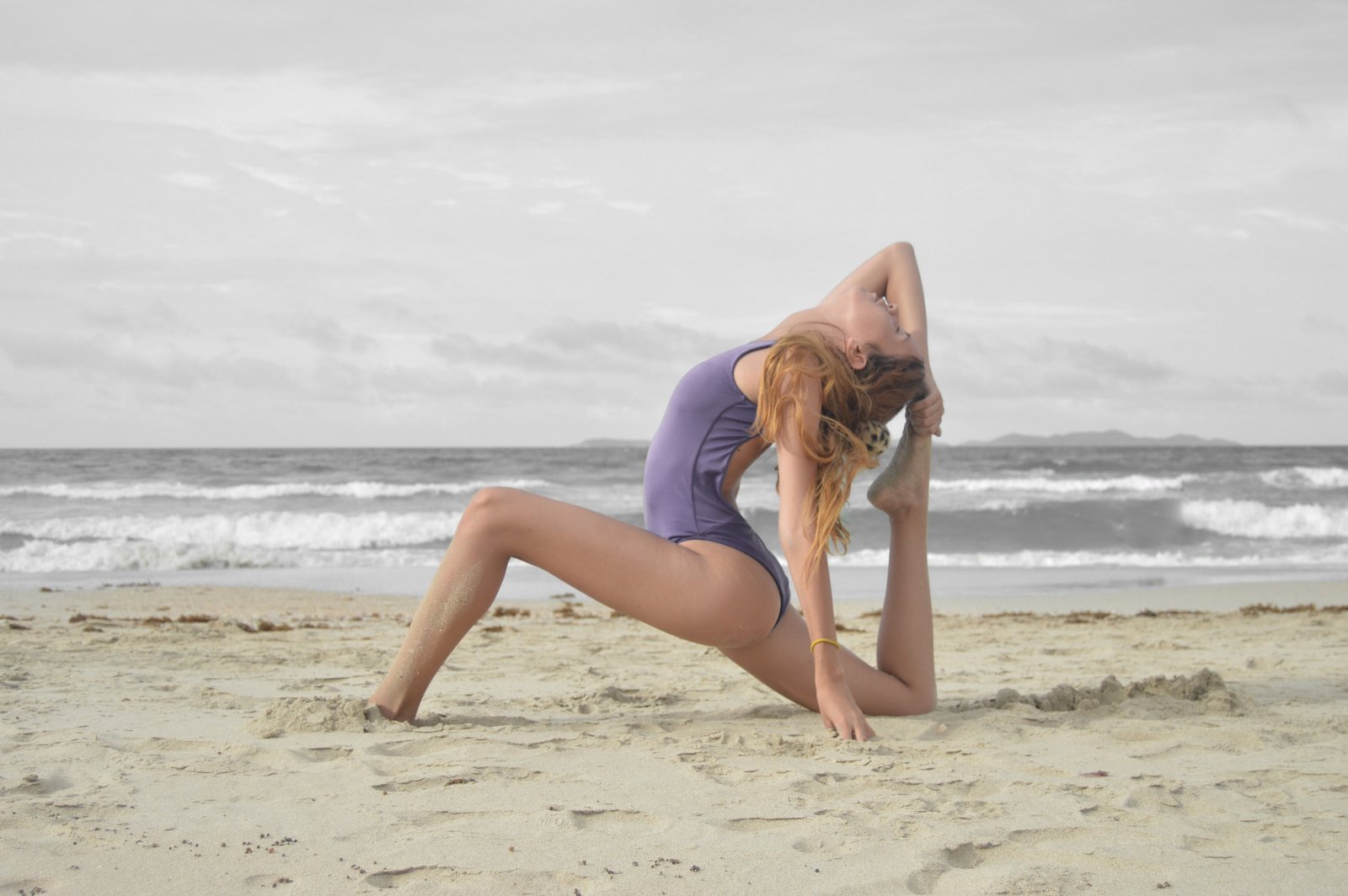A Comprehensive Guide to Achieving Optimal Physical Fitness

Physical fitness is a fundamental aspect of leading a healthy and fulfilling life. It not only enhances our physical well-being but also contributes to our mental and emotional well-being. Achieving optimal physical fitness requires a holistic approach that encompasses various aspects of exercise, nutrition, and self-care. In this comprehensive guide, we will delve into the essential components and strategies for attaining and maintaining peak physical fitness.
1. Introduction
Maintaining optimal physical fitness offers numerous benefits, including improved cardiovascular health, increased strength and endurance, enhanced flexibility, and better overall body composition. Additionally, regular exercise can boost mood, reduce stress levels, and improve cognitive function. By understanding the key elements and adopting a well-rounded approach, you can unlock your body’s full potential.
2. Setting Goals for Physical Fitness
Before embarking on your fitness journey, it is important to evaluate your current fitness level and define realistic goals. Assessing your strengths, weaknesses, and limitations will help you design a tailored workout plan that suits your needs and abilities. Setting specific, measurable, attainable, relevant, and time-bound (SMART) goals ensure you stay focused and motivated.
3. Cardiovascular Exercise
Cardiovascular exercise, also known as aerobic exercise, plays a crucial role in achieving optimal physical fitness. It improves heart health, increases lung capacity, and burns calories, aiding in weight management. There are various forms of cardiovascular exercises, such as running, swimming, cycling, and dancing. Incorporating a mix of activities into your routine ensures you work for different muscle groups and adds variety to your workouts.
4. Strength Training
Strength training is vital for building lean muscle mass, improving bone density, and boosting metabolism. It involves using resistance, such as weights or bodyweight exercises, to challenge and strengthen muscles. By incorporating compound exercises, like squats, deadlifts, and push-ups, you engage multiple muscle groups simultaneously, leading to efficient workouts and overall functional fitness.
5. Flexibility and Stretching
Flexibility training helps improve joint mobility, prevent injuries, and enhance overall performance. Incorporating dynamic stretching, static stretching, and exercises like yoga or Pilates can increase your range of motion and alleviate muscle tightness. Stretching should be an integral part of your fitness routine, performed both before and after workouts.
6. Proper Nutrition and Hydration
Fueling your body with the right nutrients is essential for optimizing physical fitness. A balanced diet that includes lean proteins, complex carbohydrates, healthy fats, vitamins, and minerals provides the necessary energy and nutrients for exercise and recovery. Adequate hydration is also critical, as water supports proper digestion, nutrient absorption, and temperature regulation.
7. Rest and Recovery
Rest and recovery are often overlooked but vital components of achieving optimal physical fitness. Overtraining can lead to burnout, injuries, and decreased performance. Incorporating regular rest days and practicing techniques like foam rolling, massage, and quality sleep allows your body to repair and rebuild muscle tissue, preventing fatigue and promoting overall well-being.
8. Monitoring Progress
Tracking your fitness progress helps you stay motivated and make necessary adjustments to your routine. Utilize fitness trackers, smartphone apps, or journaling to record key metrics such as weight, body measurements, workout duration, and intensity. Analyzing your progress over time provides valuable insights into what is working and what needs modification.
9. Overcoming Challenges and Staying Motivated
Maintaining physical fitness can be challenging, especially when faced with obstacles like lack of time, injuries, or fluctuations in motivation. To stay on track, find strategies that work for you, such as incorporating variety into your workouts, seeking support from friends or fitness communities, or rewarding yourself for achieving milestones. Celebrate your progress and remember the reasons why you started your fitness journey.
10. Conclusion
Achieving optimal physical fitness is a continuous and personalized endeavor. By following this comprehensive guide and incorporating the key elements of cardiovascular exercise, strength training, flexibility, proper nutrition, rest, and recovery, you can improve your overall well-being and reach your fitness goals. Embrace the journey, stay consistent, and enjoy the lifelong benefits of a healthy and active lifestyle.
FAQs (Frequently Asked Questions)
1. How often should I exercise to achieve optimal physical fitness? It is recommended to engage in at least 150 minutes of moderate-intensity aerobic activity or 75 minutes of vigorous-intensity aerobic activity per week, along with muscle-strengthening exercises on two or more days.
2. Can I achieve optimal physical fitness without going to a gym? Absolutely! There are plenty of activities and exercises you can do at home or outdoors, such as bodyweight exercises, running, hiking, or practicing yoga.
3. Do I need to follow a strict diet to achieve optimal physical fitness? While it’s important to maintain a balanced and nutritious diet, it doesn’t necessarily mean strict restrictions or fad diets. Focus on consuming whole, unprocessed foods and finding a sustainable eating pattern that works for you.
4. How long does it take to see results from physical fitness efforts? Results vary depending on individual factors, such as genetics, starting fitness level, and consistency. With regular exercise and a healthy lifestyle, you can begin to notice improvements in a few weeks and significant changes within a few months.
5. Is it possible to achieve optimal physical fitness at any age? Absolutely! While the process may vary, physical fitness is attainable at any age. Consult with a healthcare professional to tailor your exercise routine according to your unique needs and capabilities.
Internal Link – healthnear







